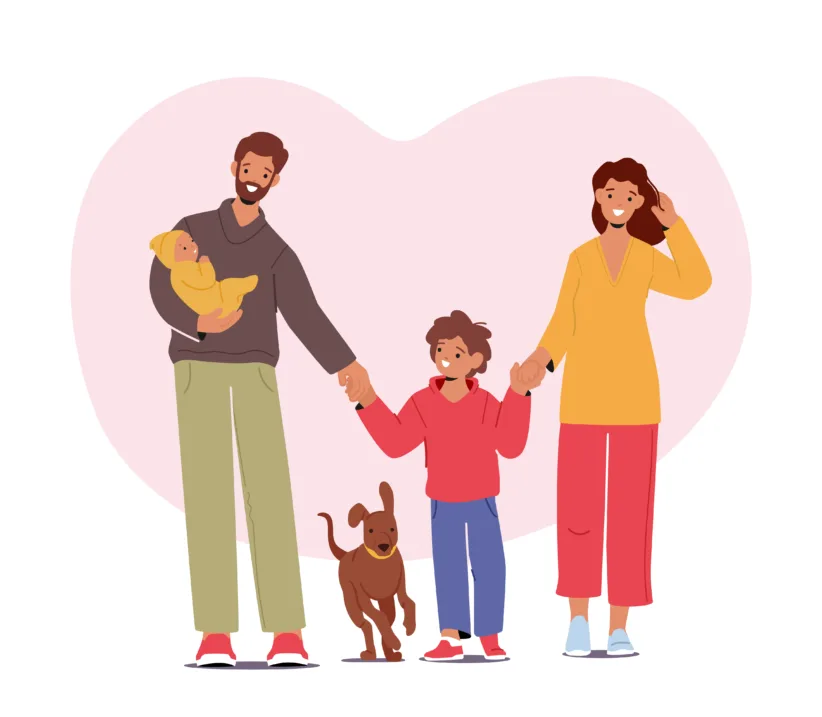With summer in full swing, a common staple of every family’s beach bag is sunscreen. As long as you have that, you’ll be protected from the sun’s harmful rays, right? Unfortunately, it’s not that simple. If you have a sunscreen allergy, slapping the white, gooey cream on your bare skin might just cause you more harm than good.
“Just the smell of sunscreen makes me feel queasy,” says 34-year-old Suzanne Freeman, a Brooklyn Heights mother of a 2 year old. “About five years ago, I became itchy while out in the sun, so I rubbed some sunscreen on me, and then broke out in a horrendous rash, which felt more like an itchy burn, on my face and arms.
My cheeks and chin were bright, shiny red and they felt like they were on fire but also stung by a hundred bees at the same time. My eyes even swelled up.” At the doctor, Suzanne was given a cortisone shot, an anti-itch cream, and was told it was an allergy.
Dr. Clifford Bassett, assistant clinical professor of medicine at NYU Langone Medical Center, says that the allergic response to sunscreens is on the rise.
“We are seeing more sunscreen reactions as consumers are more concerned about sun damage and skin cancer. Thus more sunscreen products are available with a wider variety of SPFs than ever before.”
The most common symptoms are skin rash, swelling, hives, and blistering. The rash can take a day or so to develop. Chelsea resident Elizabeth Norton says her rash doesn’t come on until the nighttime, if she comes into contact with sunscreen in the day.
“But once it does, I know I will have a week of torture. It’s the only way I can describe it. My skin becomes intensely red and itchy, and then blisters and gets hard, essentially dying off and peeling. I have to tell all family members not to touch or especially kiss me. Sometimes people will forget that they applied sunscreen in the morning and kiss me ‘hello,’ and the entire cheek that they kissed will be affected for up to two weeks.”
The first step is identifying exactly what is causing the rash, which has to be done with a doctor who has experience in treating sunscreen allergies. The majority of people are allergic to a specific ingredient in the sunscreen, which varies from patient to patient. Some people become mildly itchy just from the sun itself and others get a rash when the sun mixes with the chemical in the sunscreen. Less commonly, a facial rash can be associated with an underlying autoimmune disease.
Dr. Jennifer Stein, assistant professor at the Ronald O. Perelman Department of Dermatology at NYU, advises patients to do a spot check, “to test if your sunscreen is causing an allergy, apply a small amount to the inside of your arm and watch for a reaction.”
While there are certain sunscreens that people with sunscreen allergies can use without side effects, it is a slow process of eliminating various chemical compounds to identify which ones react with your skin. The most effective prevention may, in fact, be common sense: wear a hat to protect your face, long sleeves and pants in the direct sun, and avoid the sun during peak times.
Danielle Sullivan, a mom of three, has worked as a writer and editor in the parenting world for more than 10 years. Sullivan also writes about pets and parenting for Disney’s Babbl





















